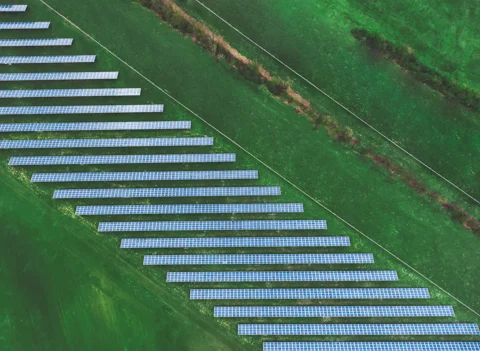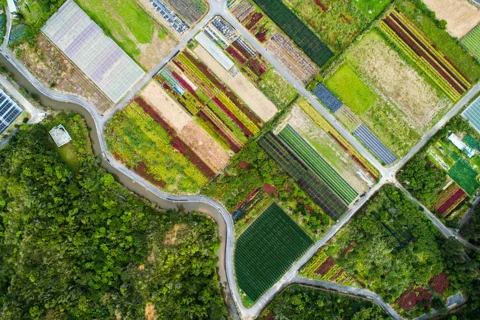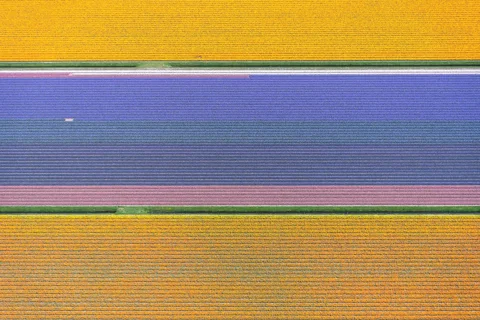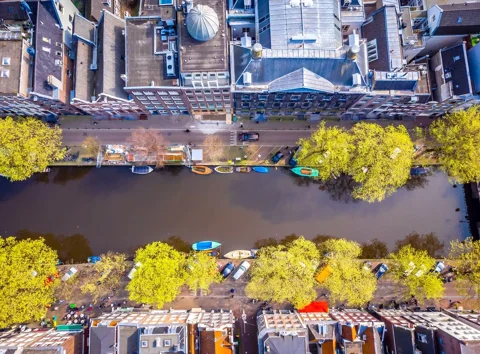Current issues related to economics, (responsible) investment, pensions and income: every week an APG expert gives a clear answer to the question of the week. This time: Head of European real estate Robert-Jan Foortse, about the future of the Dutch shopping street. “In the past, people mainly went there to buy things. Today, consumers want more.”
In the first year after opening, the Mall of the Netherlands, a shopping center in Leidschendam-Voorburg, attracted 13 million visitors, despite two lockdowns. That was more than expected. This tells us that big shopping malls seem to be faring well, but the Dutch shopping street, on the other hand, is struggling, and has been for some time, Foortse says. “Although it does make a difference whether you are talking about the Kalverstraat in Amsterdam or a shopping street in the somewhat smaller provincial town. The trend from physical to digital sales has been going on for a number of years, and Covid has accelerated that trend.” Still, Foortse sees opportunities for the shopping street, although it will require a transformation.
Fragmented
Investing in shopping streets to help them get back on their feet is not so easy. “The problem with shopping streets is that ownership is extremely fragmented. It is therefore very difficult to create a proposition for a shopping street because there are so many stakeholders and owners. For example, one owner may want to invest in his own property but not in the infrastructure, while another may not want to invest at all. Because of this fragmentation, APG, about fifteen years ago, chose to invest primarily in shopping malls and outlets, such as, for example, Batavia Stad Fashion Outlet. This is actually a replica of a Dutch shopping street. Because we have full ownership, this shopping street can be managed and controlled in the same way as a shopping mall. We have influence on the range of stores, the parking facilities and whether it is safe and well maintained. We don’t have that influence in an ordinary shopping street. Visitors in Batavia Stad notice that it is a pleasant environment for shopping, although the outlet discounts also play a role, of course.”
Because the traditional shopping street has so many stakeholders with different interests, it takes a long time to find a new use for it, says Foortse. “This is primarily a problem that, in my opinion, lends itself to a public-private partnership. The various stakeholders must come together and design a joint vision of the shopping street of the future.” Because the function is changing. “In the past, people used to go there mainly to buy things. Today, consumers want more. I think people still want to go to the shopping street, but it’s more to buy something tasty from the deli or to visit a pop-up store. You have to create something that appeals to people, and that is no longer just offering items to buy. Experience may be a word that is being overused, but it really is about that. Post-Covid, we are once again noticing that people are social beings after all and like to go somewhere where there are other people.”



